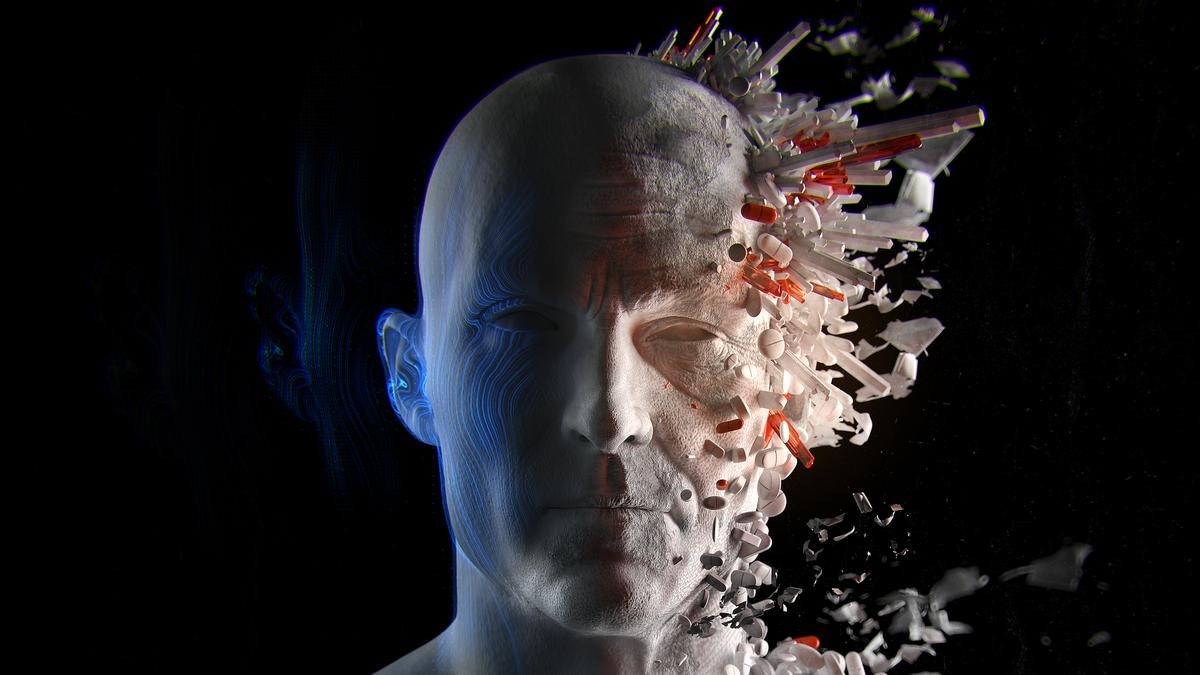Free Courses Sale ends Soon, Get It Now


Free Courses Sale ends Soon, Get It Now



Source: Hindu
Disclaimer: Copyright infringement not intended.
Context
Details
Types of Biohacking
Applications
Considerations
Sources:
|
PRACTICE QUESTION Q. Discuss the implications of the growing biohacking trend in India, including its potential benefits, risks, and the need for regulatory frameworks. Provide recommendations for balancing innovation with safety in this emerging field. 250 words) |
© 2024 iasgyan. All right reserved